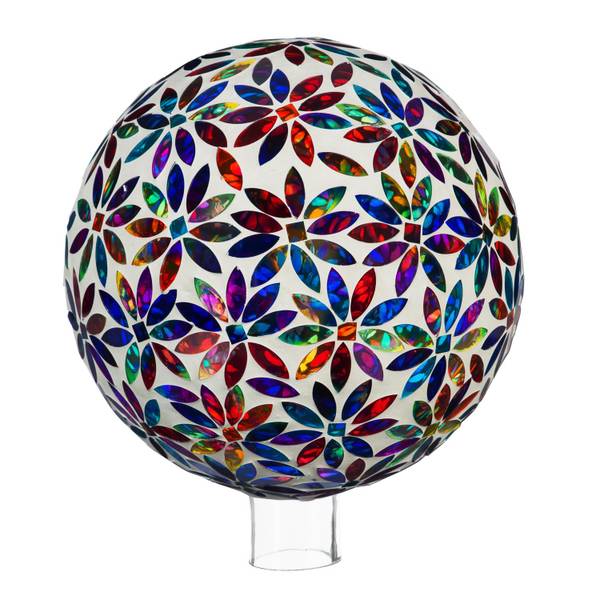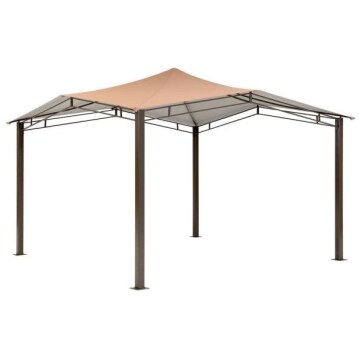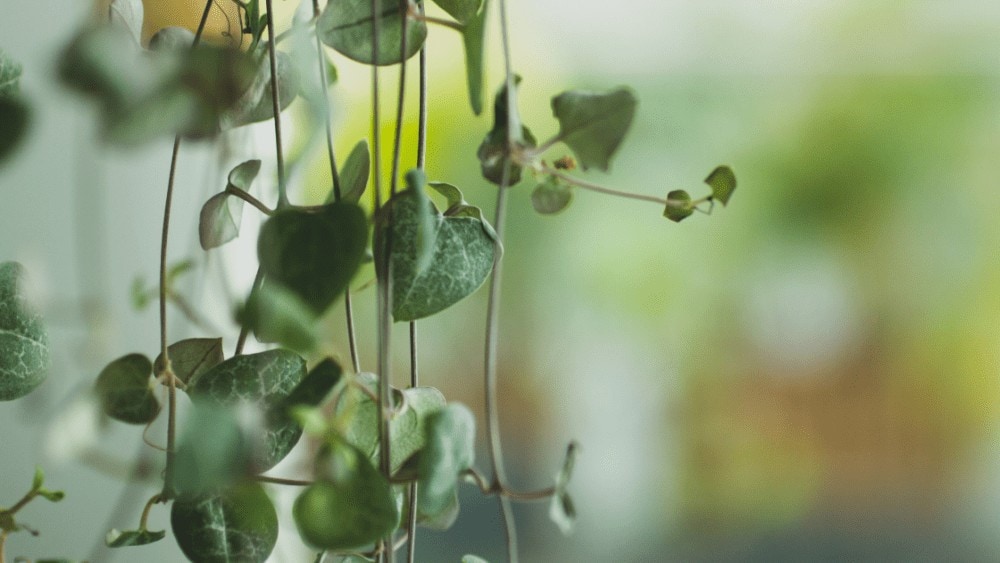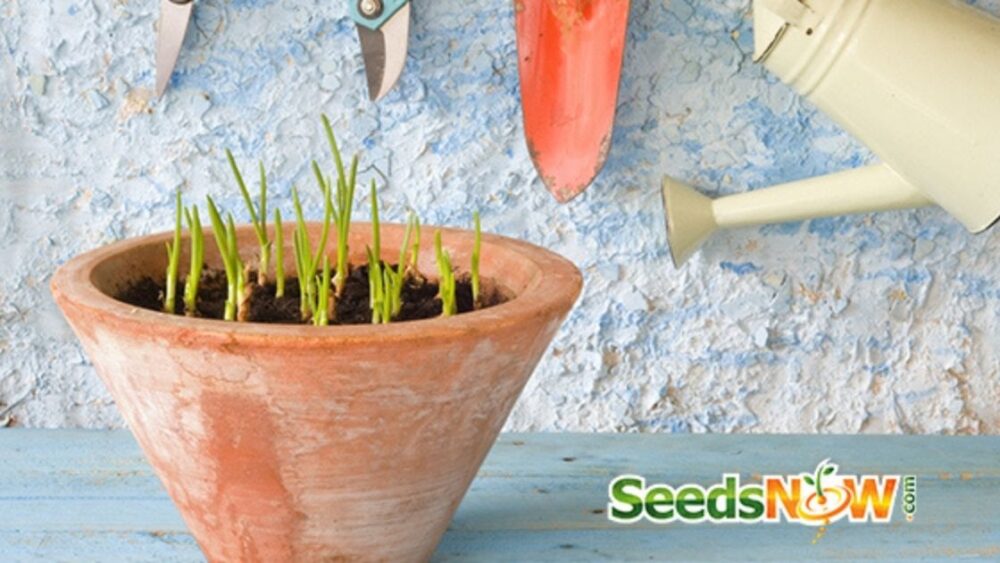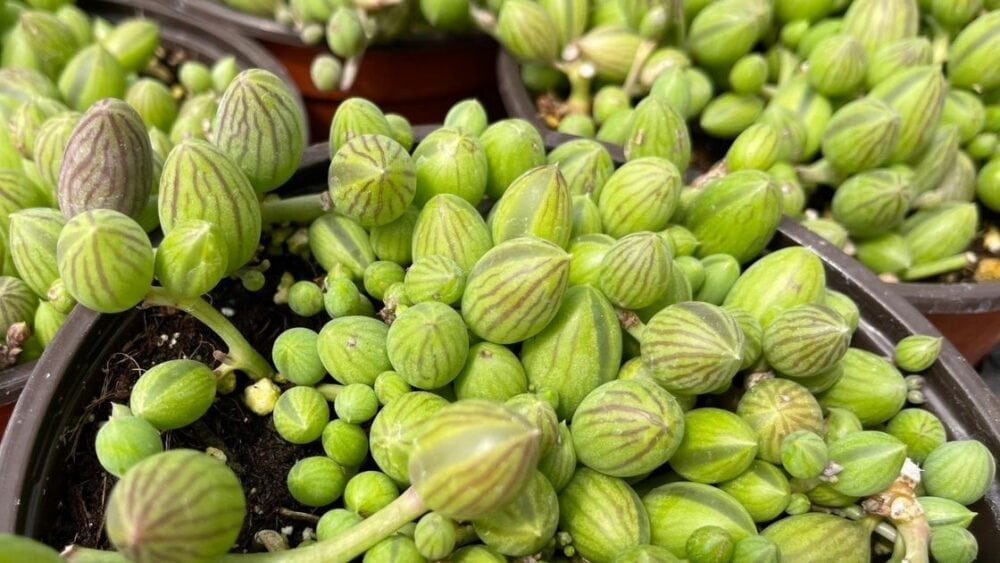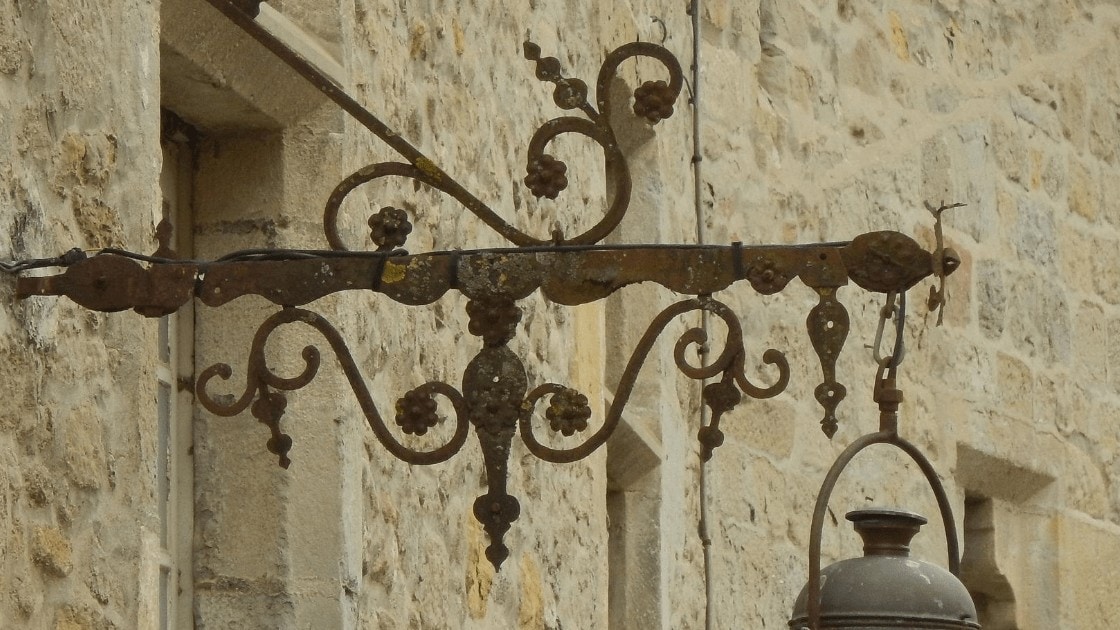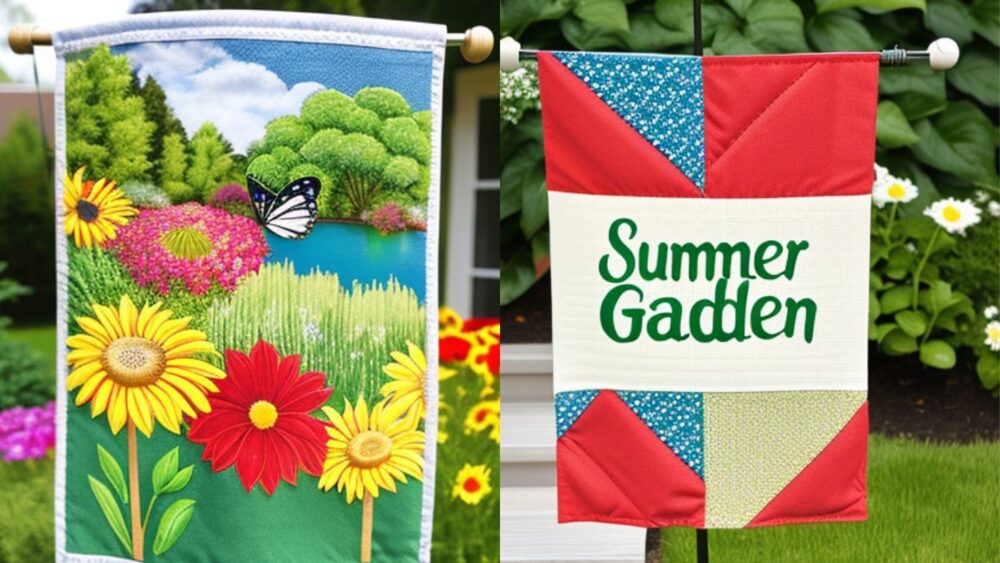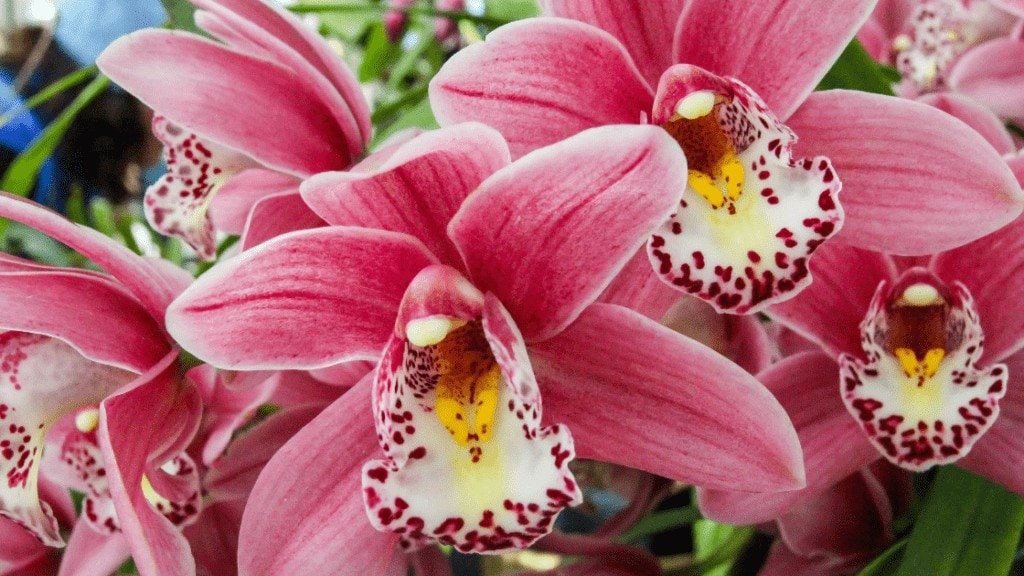
Have you always wanted to have an orchid in your home but didn’t know how to take care of it or if the climate in your town is right for it? Do you think that the Orchid is too delicate of a plant to survive in a small apartment? Do you love to grow beautiful tropical plants on your balcony and want to know if the orchid meets the requirements to be able to grow there?
Don’t worry, because we will give you the answer to all your questions and explain clearly and in detail everything you need to know about this beautiful plant and its care guide.
There has always been the false belief that orchids are delicate plants that cannot grow in colder climates or always stay inside an apartment, which is why most people who do not have a garden at their disposal discard it and prefer to grow other, simpler types of plants.
Browse our Affiliate Products
However, the truth is that the orchid is curiously one of the easiest flowers to grow and care for, since it is a flower of tropical origin and has a great resistance to survive in all kinds of locations, being only necessary to take into account some very simple tricks to keep it beautiful and healthy for a long time.
How do I Care for My Orchids?
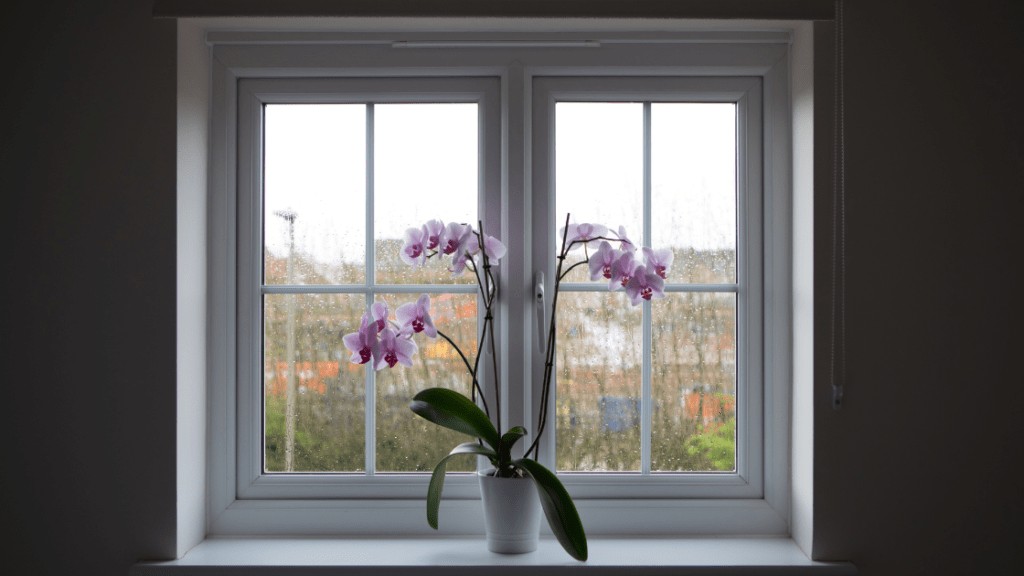
Orchids are a very hardy plant that will hardly need our care to survive, it is only necessary that we try to keep them in a place where the climate is quite humid, that it is constantly ventilated and where there is a very long sun exposure but that it is always produced in an indirect way.
Orchids love light but cannot stand high temperatures, nor be directly exposed to the sun’s rays, making it a perfect plant to be grown near a window with an exit to the outside but preferably oriented towards the east or north, since this way the sun will always hit it in an indirect way and it will remain quite aerated.
According to the experts, the ideal temperature at which an Orchid manages to survive without problems is between 17 and 23 degrees, this being a temperature that is usually maintained inside the floors throughout the year and for which Orchids love to stay in more interior areas instead of being directly exposed to the sun and wind.
How Much Water Does My orchid Need?
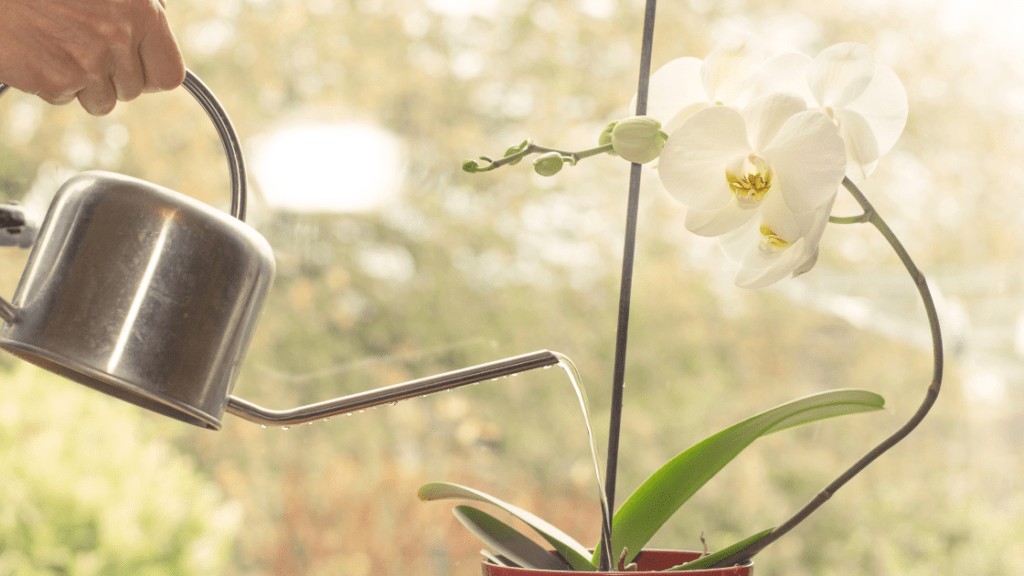
Most gardening experts and those who have studied the behavior of this plant believe that it only needs to be watered every ten days. If we lived in places where the climate is very hot and we observed that its leaves were drying out due to heat and lack of water, we could water it weekly.
As for the ideal zone for this plant to grow there is a controversy, since there are those who believe that it is not suitable to grow directly in the soil and that it should always be transplanted to an alternative culture medium where it is kept fresh and humid, while there is another sector that believes that it can grow perfectly in the soil of a pot as long as the previously specified care tips are followed and using a good fertilizer that keeps the soil always in good condition.
For more information on Plant Zoning check this website out. https://planthardiness.ars.usda.gov/PHZMWeb/
In any case, the watering of our Orchid (regardless of where we decide to grow it) should be moderate to prevent the roots from rotting and fungi from appearing, while we should try to keep its leaves always moist by using a vaporizer instead of wetting them directly; if by mistake we wet them too much, it will be enough to pass a dry cloth over them delicately to remove the excess water.
In addition, it is important to remember that this plant must always have its roots well moistened, and it is ideal that every week we take the orchid out of its growing medium and submerge it for a few minutes in a large bowl of water until we observe that the air bubbles are gone. Then we will remove it from the water and let it drain until we see that it does not drip.
How Much Fertilizer Does My Orchid Need?
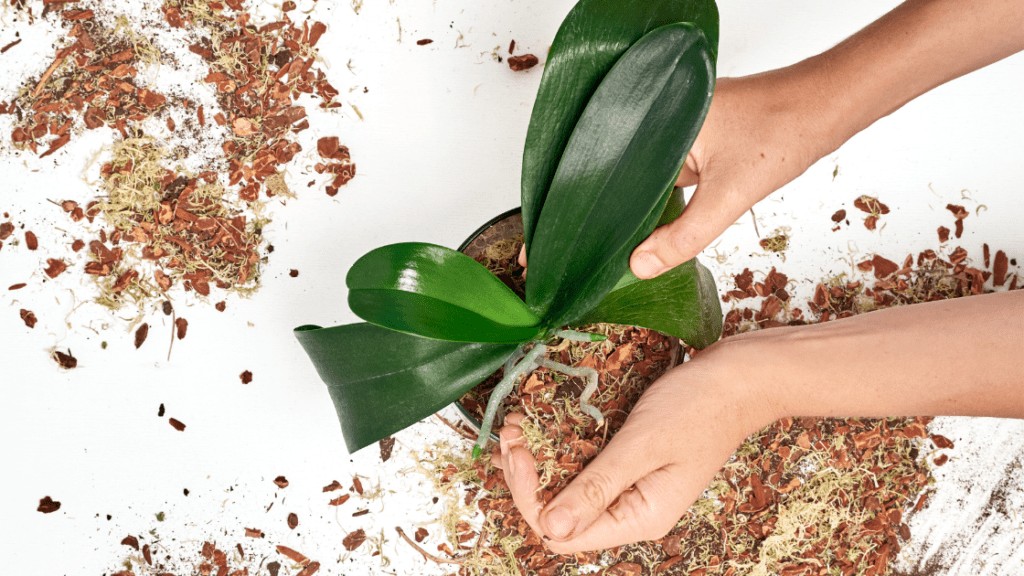
According to the experts, orchids will always need to be well fertilized, and it is preferable that we use some type of fertilizer specifically formulated for the care of this plant instead of buying one for universal use.
As for how often we should fertilize our orchids, there are different opinions, and it is just as feasible to fertilize them with a fertilizer diluted in water once a week, as it is to choose to fertilize them with a slightly more concentrated dose once a month.
The key to making this fertilization process ideal is to follow the instructions that each manufacturer explains in the reservoir of its packaging and to try to do so within a reasonable time so that our flower is never lacking in nutrients, every 10 to 15 days approximately.
Although, the moment to fertilize an Orchid, as it happens with its watering, will also depend on the type of culture media that we are using, the place where we have it located and the climate in which we live; the hotter it is, the more need for watering and fertilizer it will have, and vice versa.
What Type of Pot or Container Should I Put My Orchid In?
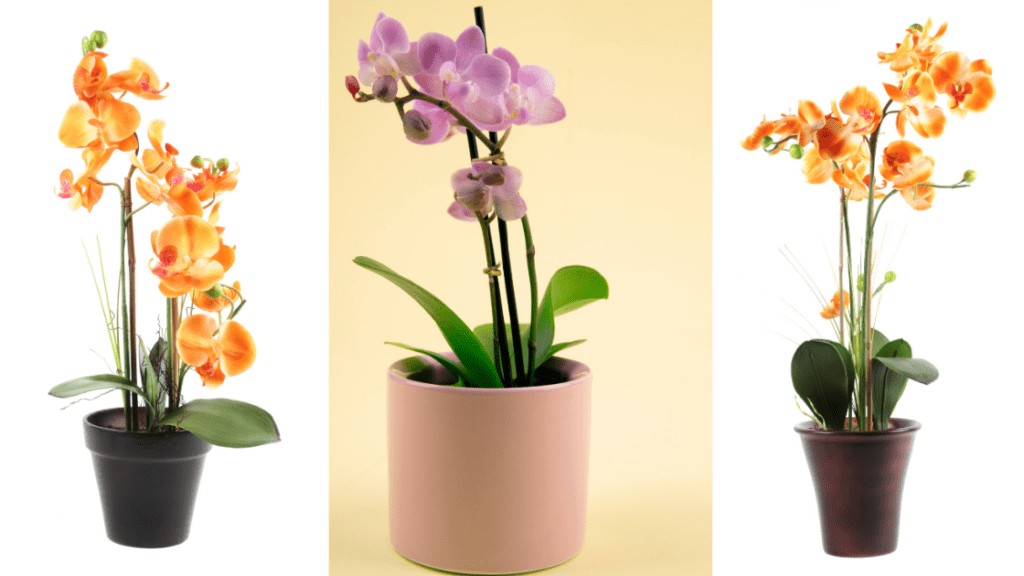
When asked about the best container for growing an orchid, it is not so important what type of container you choose, whether it is a plastic pot or a glass vase, but rather how well it drains the plant. Wild orchids grow in humid, sunny and aerated places, which means that they need to have their roots constantly soaked but never submerged in water, since that would end up rotting and spoiling the whole plant.
As explained by the experts, any type of translucent pot or container with holes that allow a constant drainage of the plant is adequate, since naturally orchids grow in humid places but with sun exposure, so a transparent or semitransparent plastic pot would be valid for this.
For more information on “What is the perfect pot for my plants” CLICK HERE.
Should You Trim the Orchid Roots That Are Growing Out of Your Pot?

Orchids are epiphytes, which means that they tend to develop external roots that will protrude from the pot. Is this a sign that my plant is growing in the wrong way? Not at all, it is something completely natural and will eventually benefit our orchid, since these external roots (commonly called tendrils) have the ability to absorb nutrients and moisture from the air and then transport them to the plant’s roots.
Therefore, if our orchid has started producing small, healthy looking white tendrils we should not cut them, but rather the opposite. Only if these roots have a rotten aspect and a dark color should we proceed to cut them for the general wellbeing of the plant.
My Orchid Has Mealybugs. How Do I Get Rid of Them?
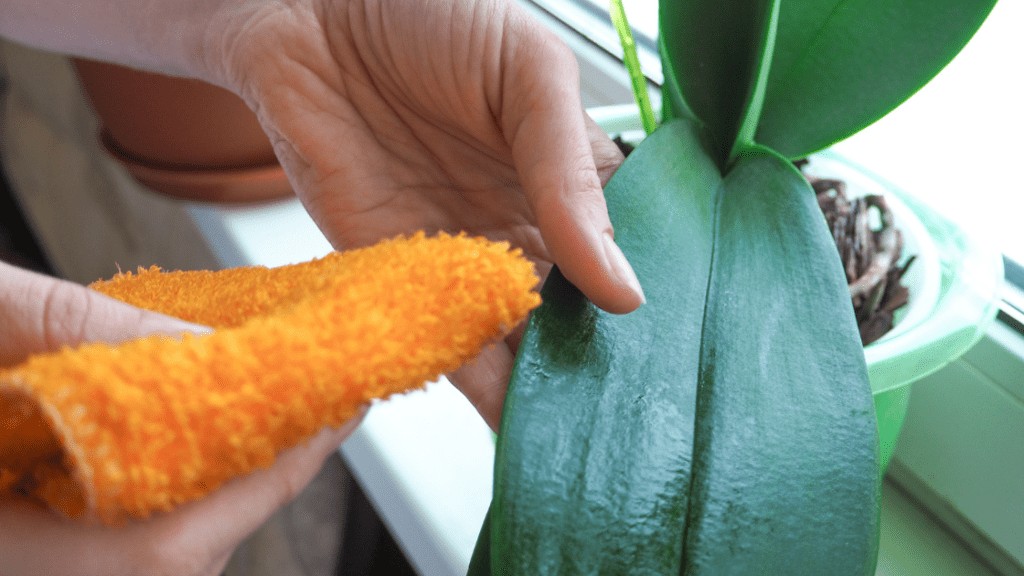
Mealybugs are one of the most frustrating pests that attack all types of plants and orchids are no exception. However, this pest is quite easy to eradicate and we can remove them from the leaves of our orchids by scraping them gently and using a good fertilizer weekly, neem oil mixed with warm water being one of the most effective remedies for mealybugs that attack orchids.
What Type of Soil or Growing Medium is Ideal for Orchids?
As we have previously indicated, orchids are the type of epiphytic plants, that is, they grow with their roots exposed to the outside and attached to the roots of other trees. For this reason it is very important that our orchids do not grow directly in the ground, but in a very specific culture medium that contains the right mix of ingredients so that they can continue to grow properly, just as they would in their natural habitat.
In most cases, we choose to plant the orchid in a specially formulated growing medium, with the most commonly used mixture being one that contains tree bark, lava rock, tree fern, peat moss and sphagnum and perlite.
For more information on soils CLICK HERE.
When Should You Repot Your Orchid?
Normally we should repot our orchid for two reasons: because its growing medium has started to decompose and does not allow it to drain its roots well, or because it has started to develop too many external roots that make it difficult for the rest of the plant to grow properly.
In any case, depending on the growth that the orchid presents and the type of species that we are growing, the usual time that is waited to carry out its transplant can go from six months to three years; everything will depend on the health of the plant and the culture medium in which it is growing.
Should You Cut The Stem Off your Orchid When It Is Done Blooming?
The decision to cut or not cut the flowers of our orchid once they have finished blooming will largely depend on the type of plant we are growing. If we have a Phalaenopsis orchid we can wait until all its flowers have bloomed and carefully remove them with a sharp pruning shear, leaving the stem that held them only one inch away from the main stem.
On the other hand, if our plant is a Dendrobium type we can cut the flowers as they wither, but this time we will leave the trunk where they grew in place without pruning, so that later new flowers will sprout again in the same place.
In Conclusion
In conclusion, if you have always wanted to have your own collection of orchids and until now you had no idea how to take care of them or if your place of residence would be compatible with them, now you know all the secrets about this exotic and beautiful plant to start enjoying it without any impediment.
Without a doubt, the orchids are one of those plants that without any effort will make our living room more beautiful and full of vitality. Do not hesitate to go find your Orchid and start growing it following all our advice!

